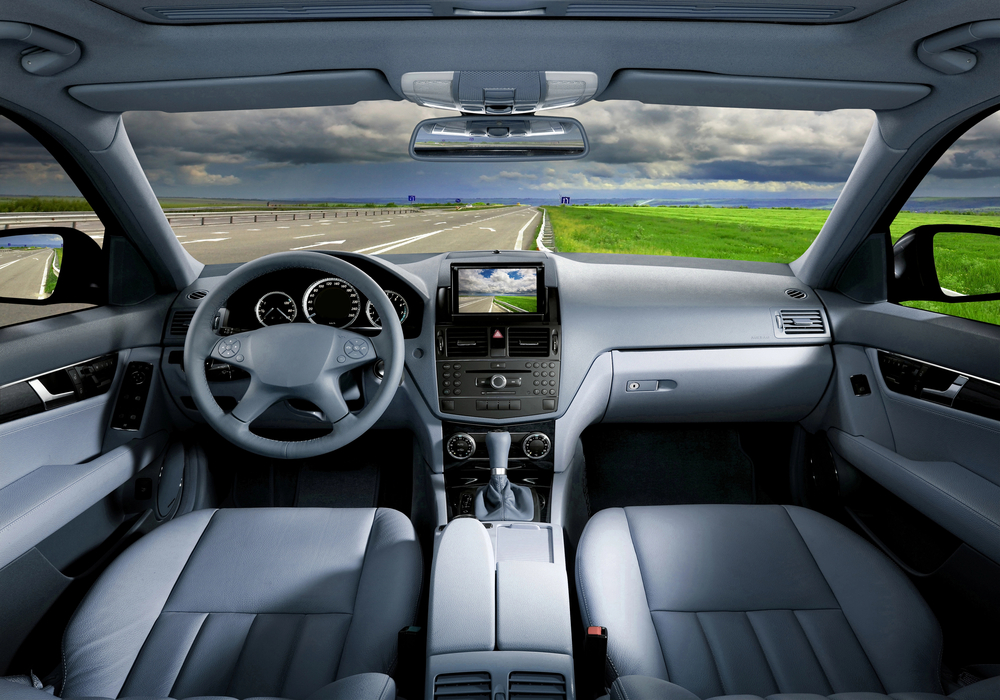Body technology and automotive safety technology has been rapidly changing in recent years. The same vehicle two years apart may look the same aesthetically but have completely different bodies underneath. When this happens, the collision repair process will be an entirely different procedure for each. In other words, the more technology involved with your vehicle, the more difficult it may be for a collision repair shop in Harrison Township, NJ to complete. Unless, of course, you take your vehicle to some place like Elmer’s Auto Body, where the technicians have more than experience, they have credentials that prove that they are staying up-to-date with this technology and know how to repair it correctly.
Current Automotive Safety Technology
Several automotive safety technologies have emerged in recent years, aiming to enhance the safety of vehicles and reduce the risk of accidents. Some of these advancements include:
- Autonomous Emergency Braking (AEB): AEB systems detect potential collisions with vehicles, pedestrians, or other obstacles and automatically apply the brakes to prevent or mitigate the impact.
- Adaptive Cruise Control (ACC): This system adjusts a vehicle’s speed to maintain a safe following distance from the vehicle ahead. It can automatically accelerate or decelerate to match the speed of traffic.
- Lane Departure Warning (LDW) and Lane Keeping Assist (LKA): LDW alerts the driver if the vehicle drifts out of its lane without signaling, while LKA actively intervenes by steering the vehicle back into its lane.
- Blind Spot Detection (BSD): BSD systems use sensors to monitor the vehicle’s blind spots and alert the driver to the presence of vehicles in adjacent lanes, helping to prevent lane-change collisions.
- Forward Collision Warning (FCW): FCW systems use sensors to detect potential collisions with vehicles or objects in the vehicle’s path and provide a warning to the driver to take evasive action.
- Pedestrian Detection Systems: These systems use sensors and cameras to detect pedestrians in the vehicle’s path and can automatically apply the brakes to avoid hitting them.
There are even technologies designed to detect and recognize certain traffic signs and to monitor driver attentiveness in the works. You may start seeing these in vehicles soon.
Not surprisingly, each of these technologies requires sensors and cameras and electronic pieces to function that are interwoven into the vehicle’s structure. In the event of a collision, these fragile and sensitive systems will need to be repaired and recalibrated, adding a level of complexity to repair.
Post-Collision Repair Challenges
As mentioned earlier, the use of advanced safety technology such as lane departure warnings and blind spot detection means that a mirror is no longer just a mirror. In order to utilize this technology, the structure of vehicles have to change to accommodate the radar, sensors, camera, and computers needed to keep drivers out of trouble. The downside is that, while this technology can save drivers and their vehicles from collisions, it also adds to the intricacy of repairs when an accident does occur.
Now, instead of going to a mechanic to straighten a dent in a bumper, for example, you need to take your vehicle to a specialist who not only does the former correction but who can also recalibrate the damaged sensors in the bumper.
ADAS Diagnosis, Repair, and Recalibration
Advanced Driver Assistance Systems (ADAS) in modern vehicles provide crucial safety features, but their maintenance and repair demand specialized procedures. Diagnosis involves the use of specialized tools to identify issues by retrieving fault codes and conducting system checks. Technicians inspect sensors for physical damage or misalignment, crucial for systems reliant on cameras, radar, lidar, and ultrasonic sensors. Software updates may resolve certain issues, enhancing performance or compatibility.
Repairing ADAS often necessitates component replacement, followed by calibration to ensure proper functionality. Alignment and adjustment may also be required to optimize sensor orientation. Recalibration involves dynamic or static methods, the former requiring specific driving conditions and the latter conducted in controlled environments using specialized equipment like calibration targets and laser alignment systems. Skilled technicians are essential, as improper diagnosis or calibration can compromise system functionality, potentially leading to safety risks. Staying current with training and equipment is crucial for automotive repair professionals given the evolving nature of ADAS technology.
New OEM Collision Repair Information
Any auto body shop with a reputation needs to have up-to-date OEM information. Car models these days can vastly differ year to year, requiring a constant refresh of OEM knowledge. It is crucial that collision repair shops in Harrison Township not only have access to OEM information but also the tools necessary to complete the repairs. Furthermore, using only OEM parts and materials ensures that the vehicle is returned to its pre-accident condition correctly, ensuring that any automotive safety technology continues to function optimally.
Contact an Auto Collision Repair Shop in Harrison Township, NJ Today
The landscape of automotive safety technology is rapidly evolving, presenting both challenges and opportunities for collision repair shops in Harrison Township, NJ, and beyond. As vehicles become increasingly equipped with advanced driver assistance systems (ADAS), the complexity of post-collision repair grows significantly. Technicians must stay abreast of the latest diagnostic, repair, and recalibration techniques to ensure these safety features function correctly after an accident.
At Elmer’s Auto Body, our team not only possesses the requisite experience but also maintains up-to-date credentials to navigate the intricacies of modern automotive technology. From autonomous emergency braking to pedestrian detection systems, we are equipped to handle the repair and recalibration of these vital safety components.
If your vehicle needs collision repair, call one of our three locations in South Jersey or fill out our online form today. Let’s get your vehicle back on the road.

